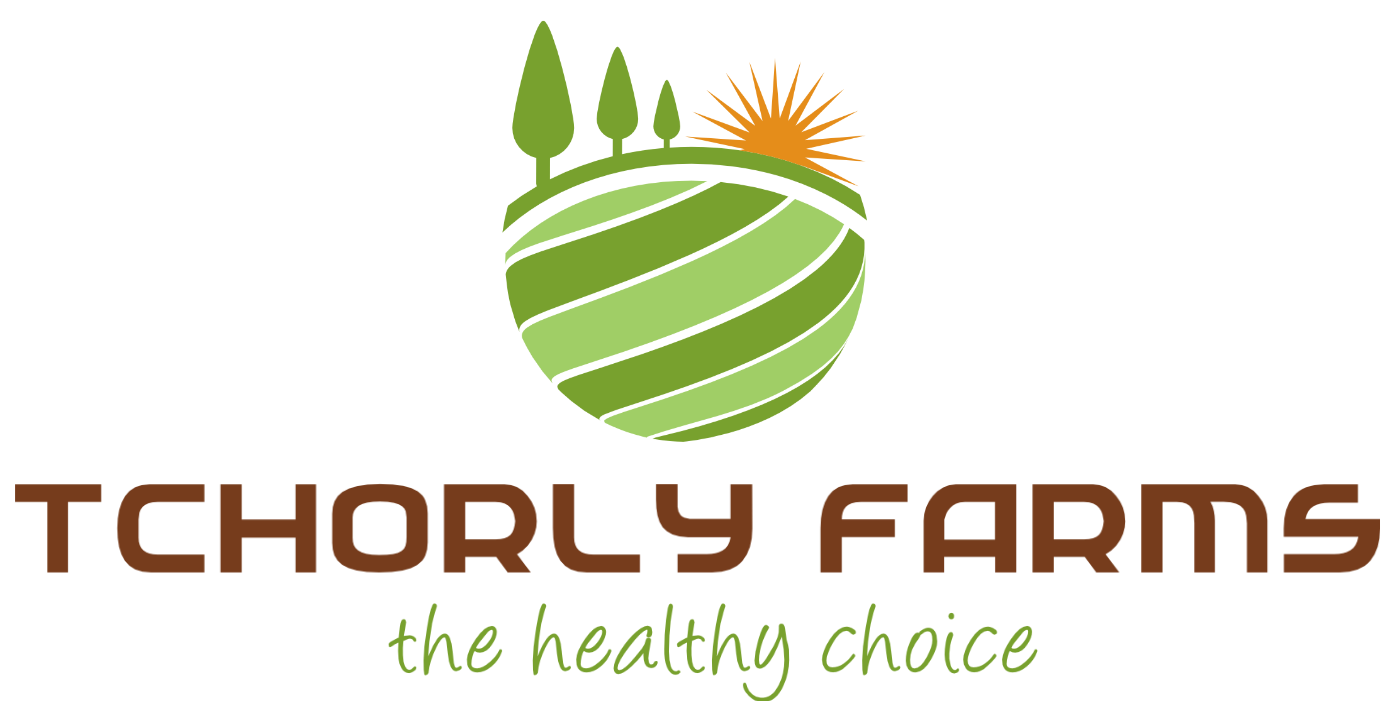Cassava is a tropical root crop, originally from Amazonia, that provides the staple food of an estimated 800 million people worldwide. Grown almost exclusively by low-income, smallholder farmers, it is one of the few staple crops that can be produced efficiently on a small scale, without the need for mechanisation or purchased inputs, and in marginal areas with poor soils and unpredictable rainfall. Since 2000, the world’s annual cassava production has increased by an estimated 100 million tonnes, driven in Asia by demand for dried cassava and starch for use in livestock feed and industrial applications, and in Africa by expanding urban markets for cassava food products.
I must explain to you how all this works
There is great potential for further production increases – under optimal conditions, cassava yields can reach 80 tonnes per hectare, compared to the current world average yield of just 12.8 tonnes. Booming demand offers millions of cassava growers in tropical countries the opportunity to intensify production, earn higher incomes and boost the food supply where it is most needed. In Africa, cassava is cultivated in small farms and often in fields which are left aside as fallow or marginal areas. Sub-Saharan countries are the main producers of cassava all together accounting for 62 percent of world production. At Tchorly farms, we produce a 1000-acre cassava farm which have been developed over the last five years. The vision of our leaders is to. Build plants to support the processing industry and also be a major exporter of dried cassava chips. The benefits of cassava products are immense and being seriously explored by our team.


